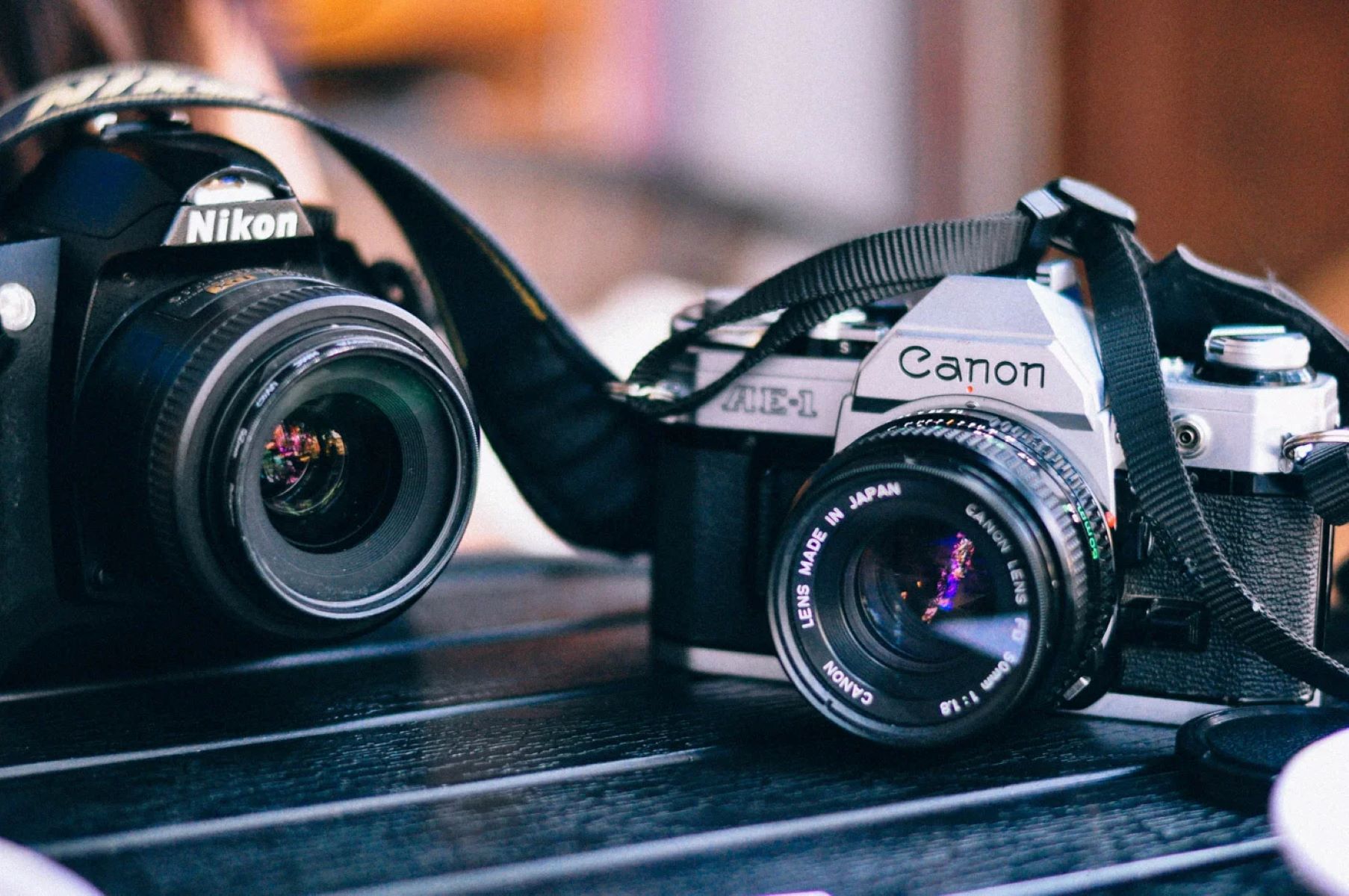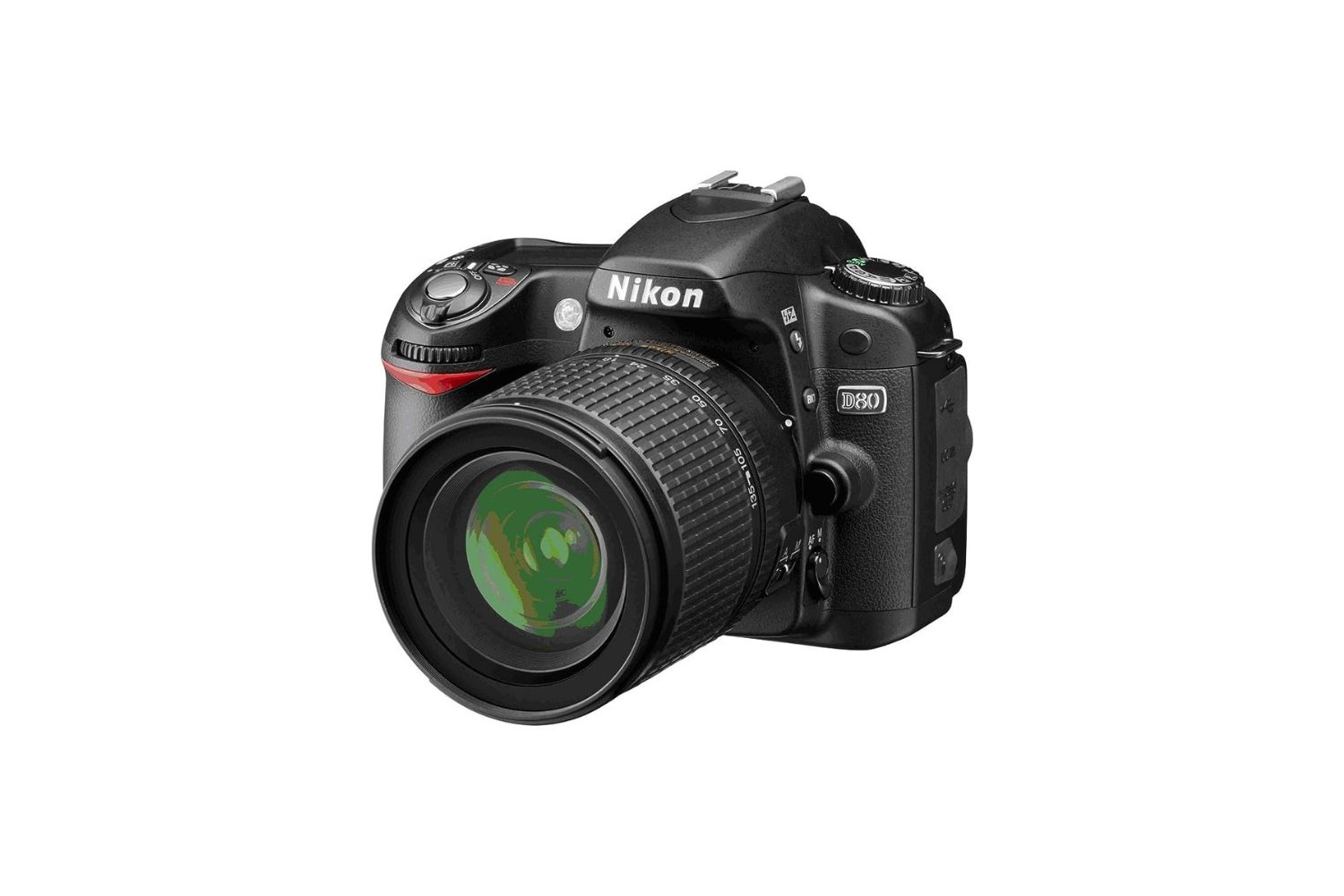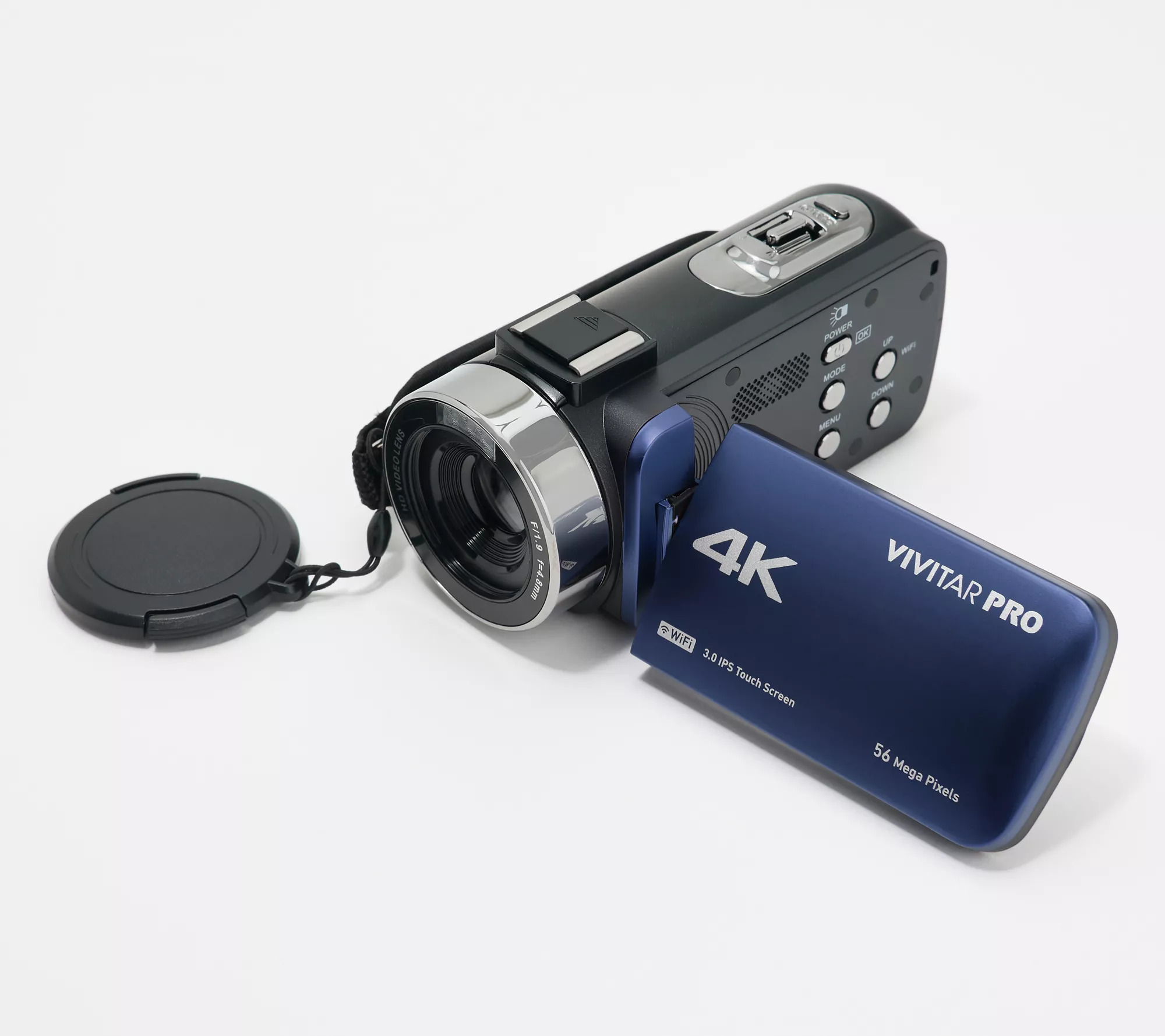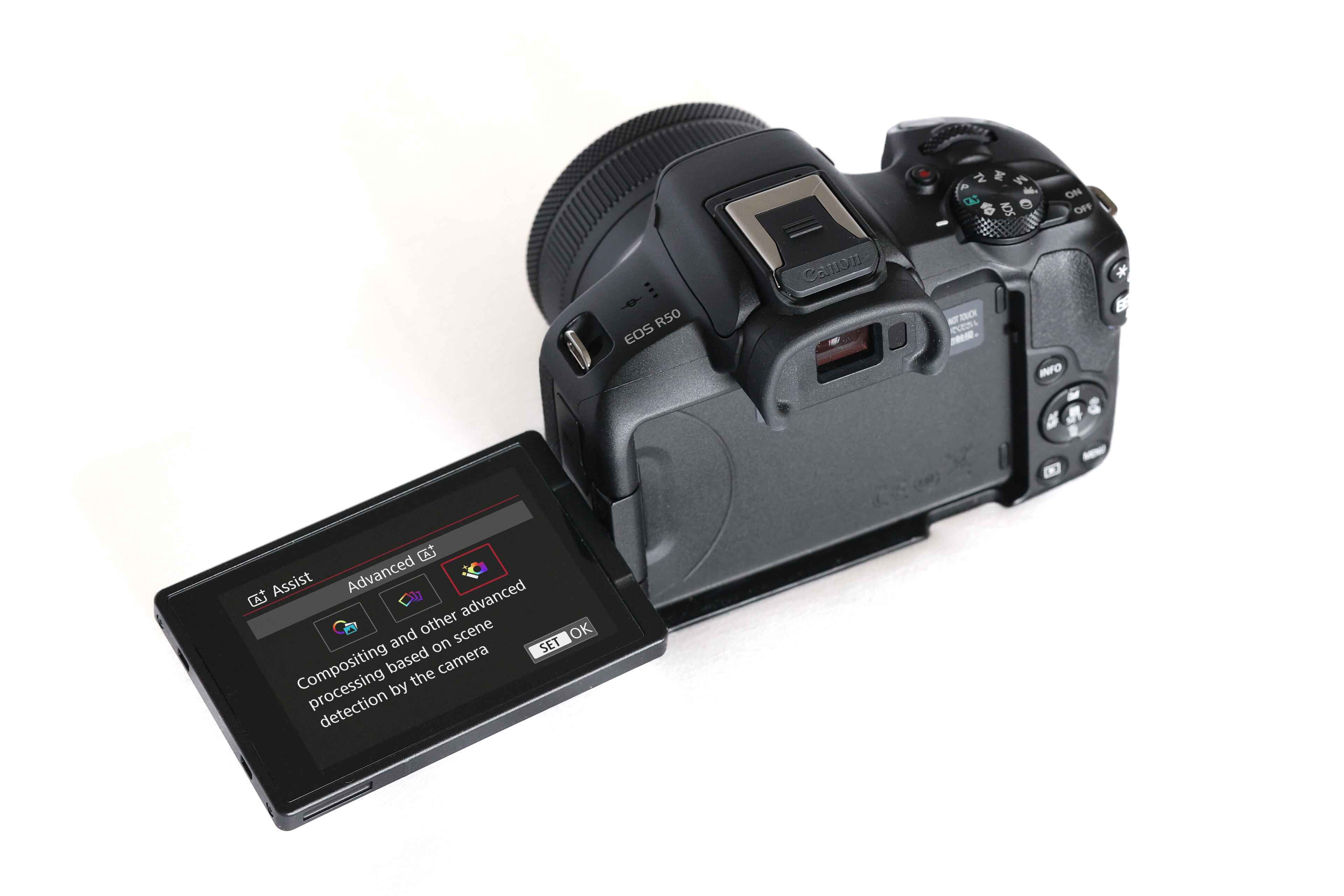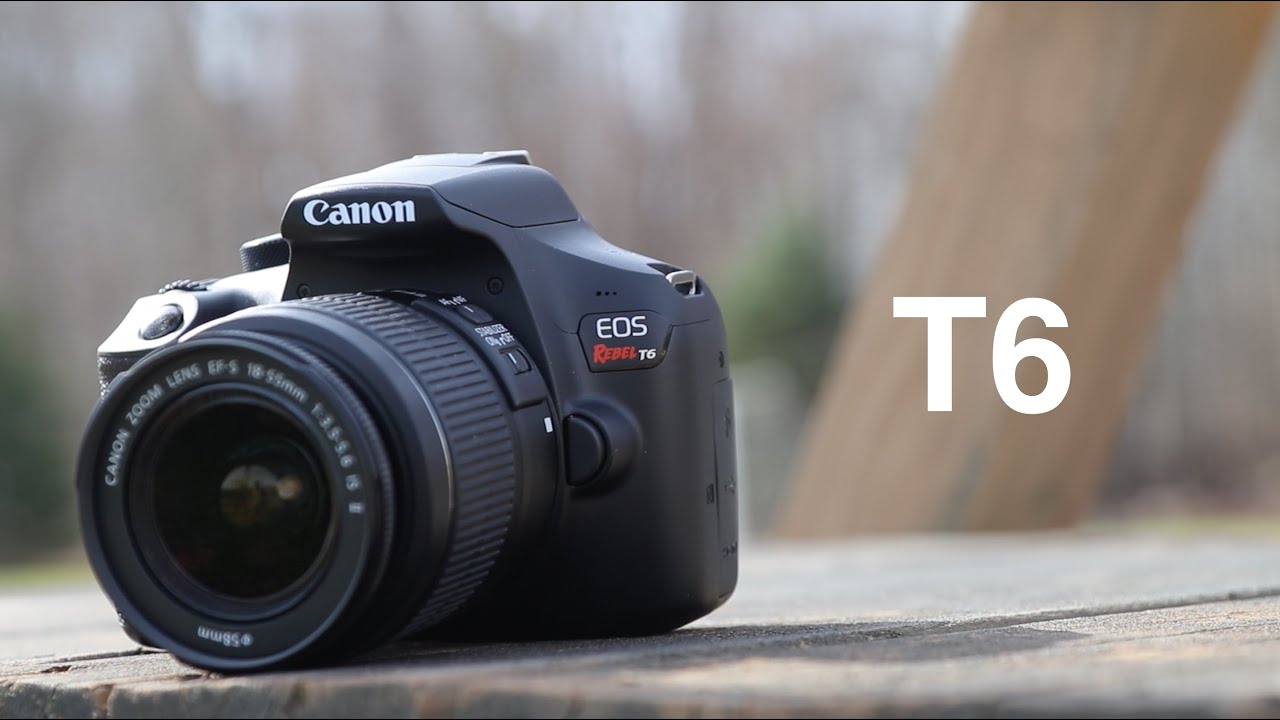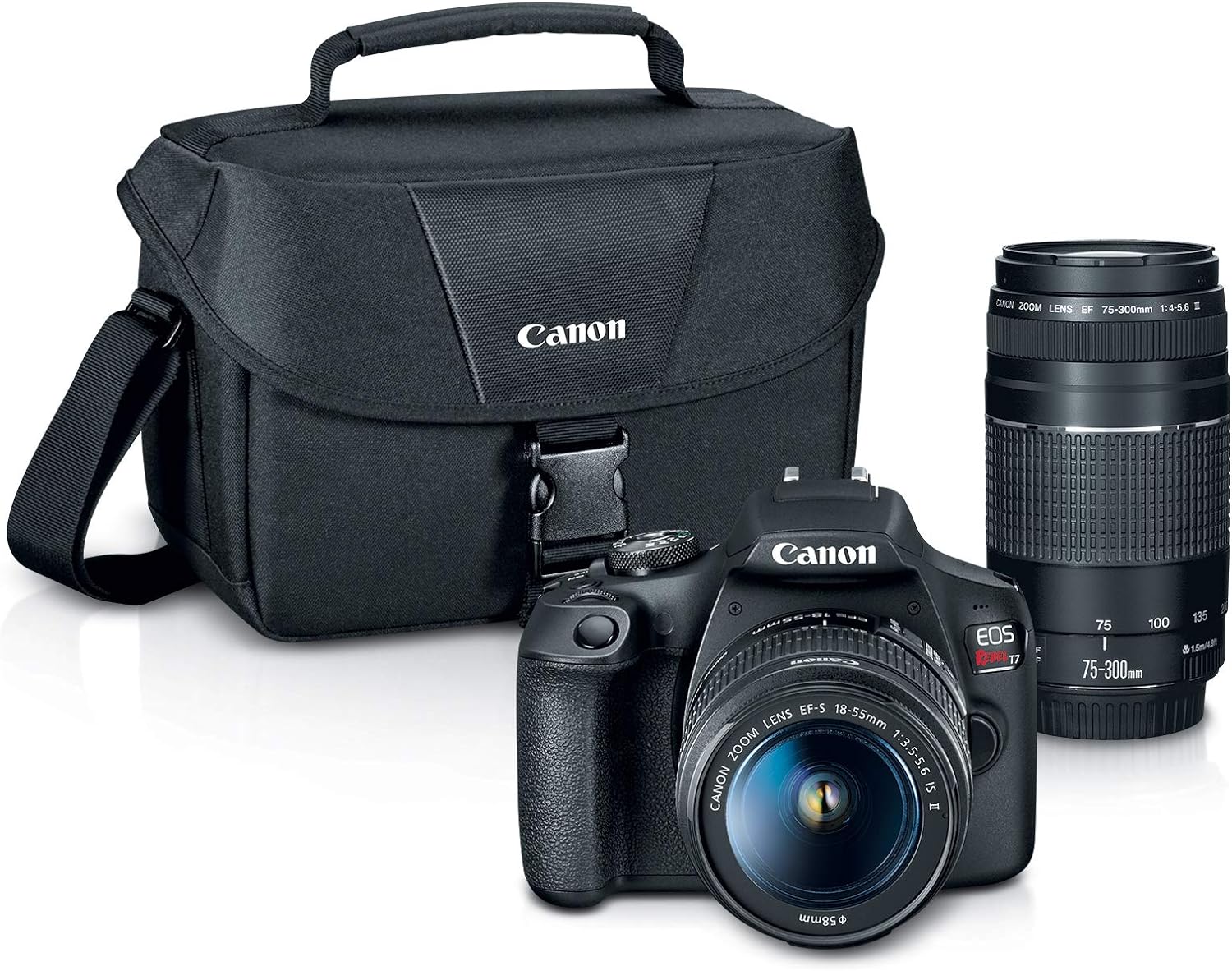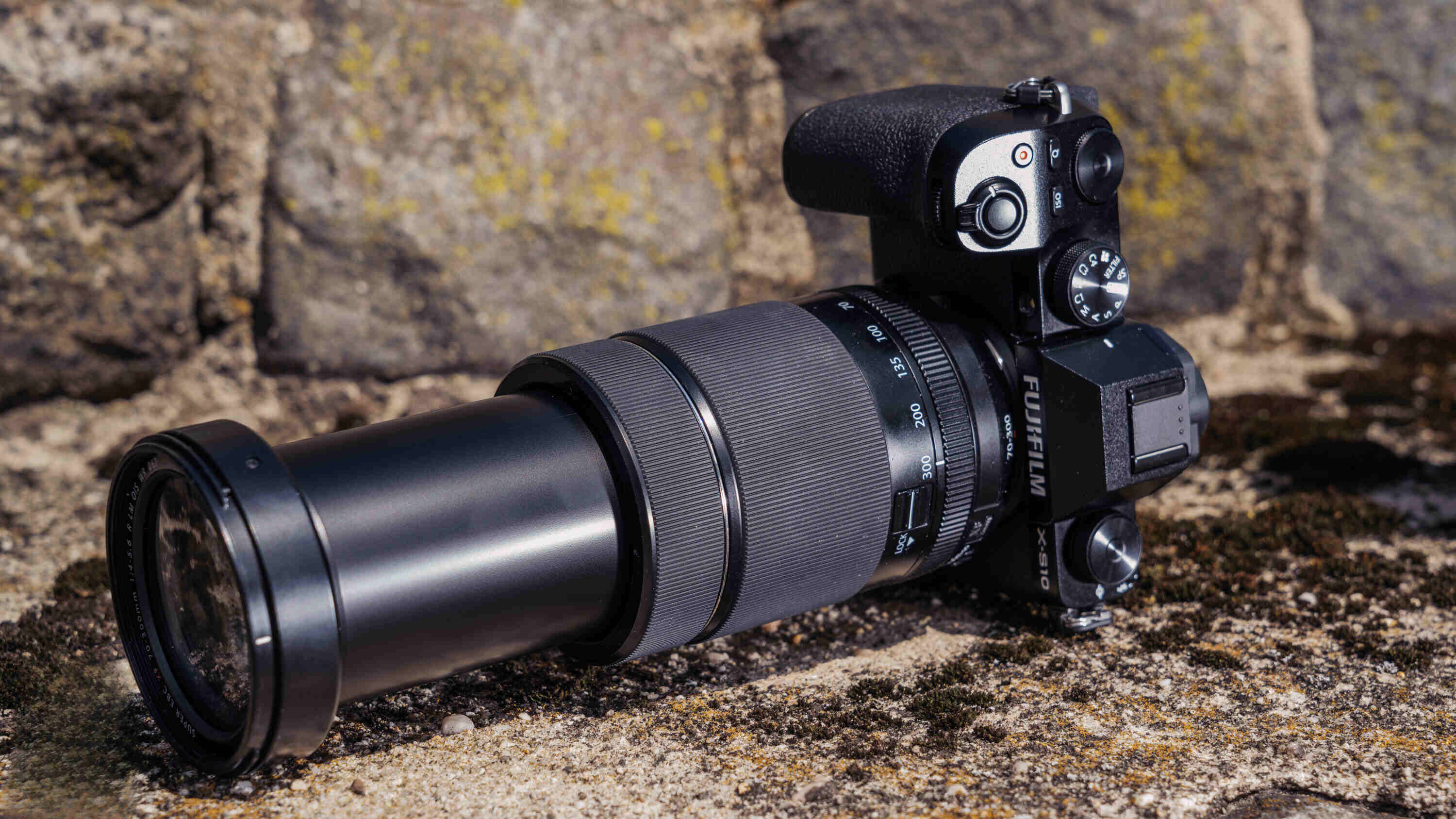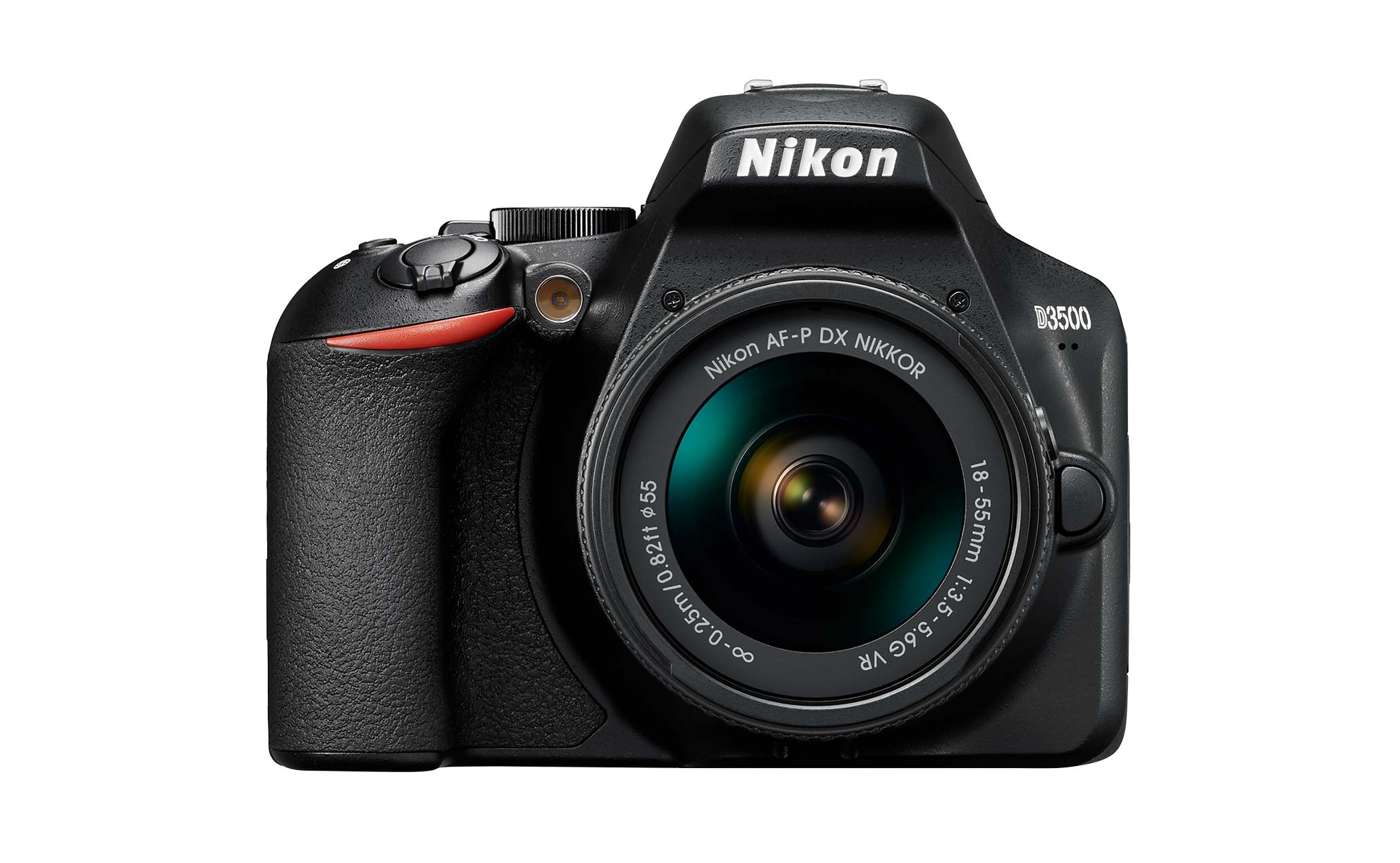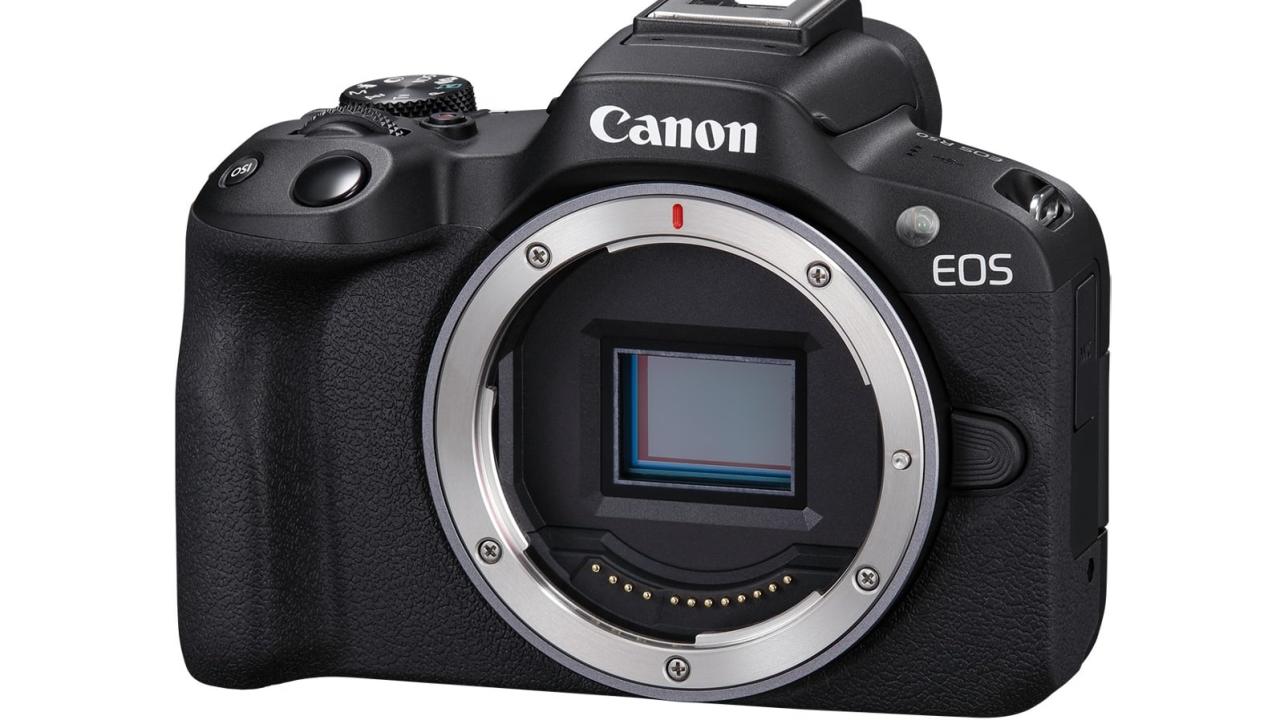Introduction
Understanding the Lifespan of Your DSLR Camera
Photography enthusiasts and professionals alike invest in DSLR (digital single-lens reflex) cameras to capture life's fleeting moments with precision and artistry. These sophisticated devices offer exceptional image quality, versatility, and control, making them indispensable tools for visual storytelling. However, like any electronic equipment, DSLR cameras have a finite lifespan, prompting photographers to ponder, "How long does a DSLR camera last?"
The longevity of a DSLR camera is influenced by various factors, including usage patterns, maintenance practices, technological advancements, and the manufacturer's build quality. By comprehending the intricacies of DSLR camera lifespan and adopting proactive measures, photographers can optimize the durability of their beloved equipment, ensuring years of reliable performance and stunning imagery.
In this comprehensive guide, we will delve into the key determinants of DSLR camera longevity, explore effective strategies to prolong its lifespan, and highlight telltale signs that indicate the need for a camera upgrade. Whether you are an aspiring shutterbug or a seasoned professional, understanding the nuances of DSLR camera longevity is essential for maximizing your photographic endeavors and preserving cherished memories.
Join us as we unravel the mysteries behind the lifespan of DSLR cameras and empower you to make informed decisions regarding the care and maintenance of your photographic companion. Let's embark on a journey to unravel the secrets of DSLR camera durability, ensuring that your visual storytelling remains unhindered by the passage of time.
Factors Affecting DSLR Camera Lifespan
Understanding the Variables that Impact Longevity
Several pivotal factors influence the lifespan of a DSLR camera, shaping its durability and performance over time. By comprehending these variables, photographers can adopt proactive measures to extend the longevity of their cherished equipment. Let’s explore the key determinants that affect the lifespan of DSLR cameras:
- Shutter Actuations: The shutter mechanism is at the heart of every DSLR camera, and its lifespan is measured in shutter actuations. Each time the shutter is released to capture an image or during continuous shooting, it undergoes wear and tear. Manufacturers specify the shutter durability, typically ranging from 100,000 to 400,000 actuations, after which it may require replacement. Heavy usage and frequent bursts of continuous shooting can expedite the wear on the shutter mechanism.
- Environmental Conditions: The environment in which a DSLR camera operates significantly impacts its longevity. Exposure to extreme temperatures, high humidity, dust, and moisture can compromise the internal components, leading to corrosion, electronic malfunctions, or lens fogging. Proper storage, protective casings, and regular cleaning are essential to mitigate the detrimental effects of adverse environmental conditions.
- Maintenance and Care: Diligent maintenance practices, such as sensor cleaning, lens care, and regular inspections, play a pivotal role in preserving a DSLR camera’s lifespan. Accrued dust, debris, or contaminants on the sensor or lens elements can affect image quality and strain the camera’s internal mechanisms. Adhering to manufacturer-recommended maintenance routines and handling the camera with care can mitigate premature wear and extend its operational life.
- Technological Advancements: The rapid evolution of camera technology introduces newer models with enhanced features, superior image sensors, and advanced functionalities. While older DSLR models remain capable of producing exceptional images, the allure of technological advancements may prompt photographers to upgrade their equipment, impacting the perceived lifespan of their current cameras.
- Usage Patterns: The frequency and intensity of camera usage influence its longevity. Professional photographers and enthusiasts who extensively utilize their DSLR cameras for commercial assignments, events, or outdoor adventures subject the equipment to greater wear than occasional or hobbyist users. Understanding the implications of usage patterns empowers photographers to gauge the expected lifespan of their cameras and plan for potential upgrades.
By acknowledging and addressing these influential factors, photographers can proactively safeguard their DSLR cameras, optimize their operational longevity, and make informed decisions regarding maintenance, upgrades, and future investments. The interplay of these variables underscores the dynamic nature of DSLR camera lifespan, emphasizing the significance of attentive care and strategic utilization to preserve the artistry and functionality of these photographic marvels.
How to Extend the Lifespan of Your DSLR Camera
Empowering Your Camera for Longevity
Preserving the longevity of your DSLR camera entails a blend of conscientious maintenance practices, strategic usage habits, and protective measures to safeguard its delicate components. By implementing the following strategies, photographers can extend the operational lifespan of their DSLR cameras, ensuring enduring performance and enduring visual excellence:
- Regular Maintenance: Adhere to the manufacturer’s guidelines for sensor cleaning, lens maintenance, and general upkeep. Periodic inspections and cleaning routines mitigate the accumulation of dust, debris, and contaminants, preserving image quality and alleviating strain on internal mechanisms.
- Protective Accessories: Invest in protective accessories such as lens filters, camera cases, and moisture-absorbing silica gel packs to shield your DSLR camera from environmental hazards, impacts, and moisture. These accessories fortify the camera against adverse conditions, prolonging its operational life.
- Optimal Storage: Store your DSLR camera in a dry, cool environment, safeguarded from extreme temperatures, humidity, and direct sunlight. Utilize dedicated camera storage solutions or protective cases to shield the equipment from physical damage and environmental stressors.
- Mindful Usage: Exercise prudence in your camera usage, avoiding unnecessary stress on the shutter mechanism and delicate components. Minimize prolonged exposure to harsh environmental elements and refrain from subjecting the camera to undue physical strain or impacts.
- Software Updates: Stay abreast of firmware updates and software enhancements provided by the camera manufacturer. These updates often include performance optimizations, bug fixes, and feature enhancements, contributing to the overall longevity and functionality of the DSLR camera.
- Professional Servicing: Engage professional servicing for your DSLR camera at recommended intervals, especially if you are a frequent user or operate in demanding environments. Qualified technicians can conduct comprehensive inspections, adjustments, and repairs, preempting potential issues and ensuring the camera’s continued reliability.
By integrating these proactive measures into your photographic routine, you empower your DSLR camera to withstand the rigors of regular usage, environmental challenges, and technological advancements. Cultivating a culture of attentive care and strategic utilization not only extends the operational lifespan of your DSLR camera but also preserves its imaging prowess, enabling you to chronicle life’s moments with enduring precision and artistry.
Signs That Your DSLR Camera May Need Replacement
Recognizing Indications of Declining Performance
As DSLR cameras age, their components and functionalities may exhibit signs of wear, degradation, or obsolescence, prompting photographers to assess the need for a potential replacement. Understanding the discernible indicators that signal a DSLR camera’s diminishing performance empowers photographers to make informed decisions regarding equipment upgrades and technological transitions. Here are the key signs that may signify the need for a DSLR camera replacement:
- Shutter Malfunctions: Erratic shutter behavior, including misfires, delays, or inconsistent operation, may indicate the deterioration of the shutter mechanism. If routine maintenance and troubleshooting fail to rectify these issues, it could signify the end of the shutter’s operational lifespan, warranting consideration for a new camera.
- Image Quality Degradation: Persistent issues with image quality, such as sensor spots, irregularities, or uncorrectable distortions, despite meticulous cleaning and lens care, may signal underlying sensor or processing unit degradation. When image imperfections become unmanageable or compromise the integrity of your photographic work, it may be time to explore newer camera options.
- Technological Obsolescence: Advancements in camera technology continually introduce innovative features, improved image sensors, and enhanced functionalities. If your current DSLR camera significantly lags behind in terms of performance, resolution, or features compared to newer models, it may be prudent to consider an upgrade to leverage the latest advancements in photographic technology.
- Chronic Malfunctions: Persistent malfunctions, recurring error messages, or unaddressed operational irregularities that impede the camera’s functionality despite professional servicing and troubleshooting efforts may indicate systemic issues or component failure. When these malfunctions compromise the camera’s reliability and usability, exploring replacement options becomes imperative.
- Physical Damage and Wear: Extensive physical wear, scratches, or structural damage to the camera body, lens mount, or control interfaces can compromise the camera’s structural integrity and weather sealing, rendering it susceptible to environmental damage and operational limitations. If the cumulative wear impedes the camera’s performance or compromises its resilience, it may necessitate a replacement.
By attentively monitoring these telltale signs and conducting a thorough assessment of your DSLR camera’s performance and condition, you can discern whether its declining capabilities warrant an upgrade to a newer model. Embracing technological advancements, addressing performance limitations, and aligning your equipment with your evolving photographic needs ensures that your visual storytelling remains unhindered by the constraints of aging technology, empowering you to continue capturing life’s moments with uncompromised precision and creativity.
Conclusion
Empowering Your Photographic Journey
Embarking on a photographic odyssey with a DSLR camera entails a profound appreciation for visual storytelling, technical mastery, and the enduring allure of capturing life’s fleeting moments. As we unravel the enigma of DSLR camera longevity, we gain insights into the multifaceted dynamics that shape the operational lifespan of these indispensable tools. From the intricate interplay of shutter actuations and environmental resilience to the enduring impact of maintenance practices and technological evolution, the lifespan of a DSLR camera is a tapestry woven with care, innovation, and resilience.
By embracing proactive measures to extend the longevity of your DSLR camera, including meticulous maintenance, protective care, and strategic utilization, you fortify your photographic companion against the ravages of time and environmental hazards. Recognizing the telltale signs that herald the need for a camera replacement empowers you to navigate the ever-evolving landscape of technological innovation, ensuring that your visual storytelling remains imbued with uncompromised precision and creative vitality.
As you traverse the realms of visual expression and technical artistry, remember that the lifespan of a DSLR camera is not merely a metric of time but a testament to the enduring passion, dedication, and creativity of its custodian. Whether you are a seasoned professional or an aspiring enthusiast, the journey of DSLR camera ownership is a symphony of art, technology, and storytelling, harmonizing the past, present, and future in each captured frame.
May your photographic endeavors be adorned with enduring creativity, technical excellence, and the timeless allure of visual storytelling, transcending the constraints of time and technology. As you navigate the ever-evolving horizons of photography, may your DSLR camera stand as a steadfast companion, preserving life’s moments with unwavering precision and artistry.







